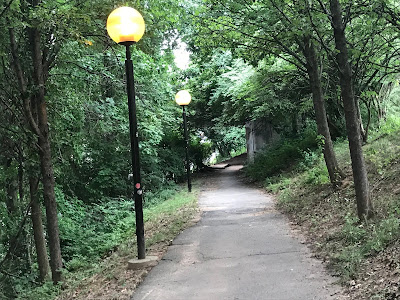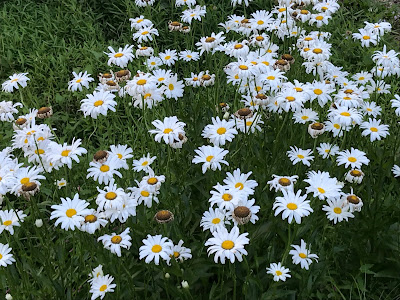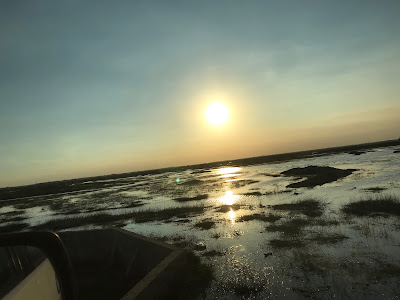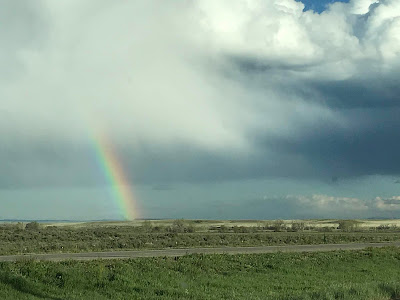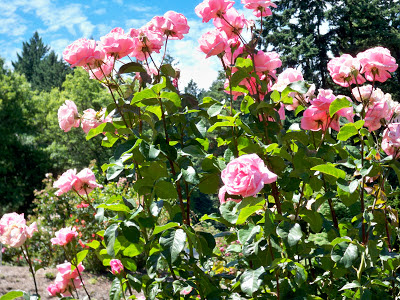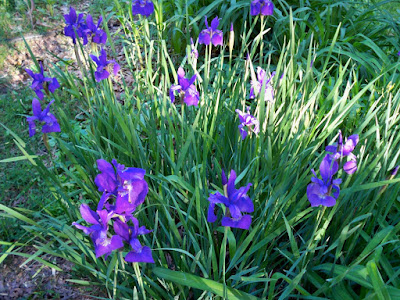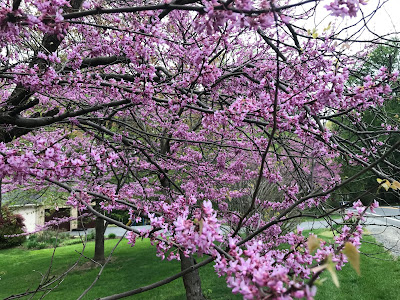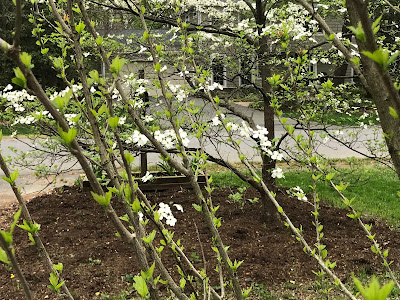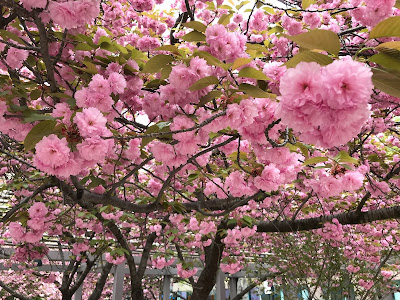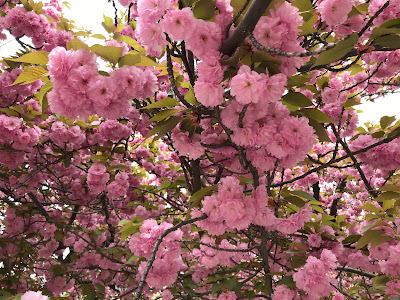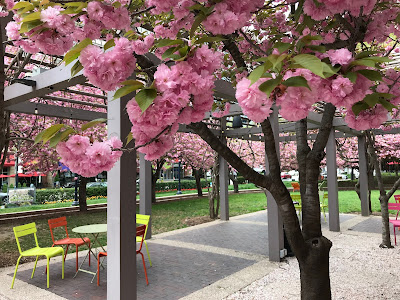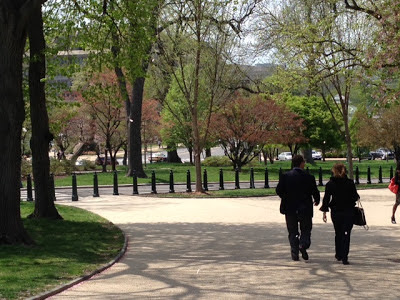Almost Empty
It’s the dog days — and I’ll take them. Uncrowded Metro, open roadways, Congress in recess, school out for summer. It’s a lovely pause, one to savor.
Walking back to my car in the warm air, I passed through the tunnel, dark enough by 6:30 for the lights to be illuminated. From the neighborhood that backs up to Route 66 came the sound of children playing, the voice of summer. I smiled broadly at a stooped woman in a sari and she smiled and waved in return.
Everything seemed in harmony: the bushes and trees, the sky and land, the people and place.
The world seemed almost empty, and that was fine with me.
